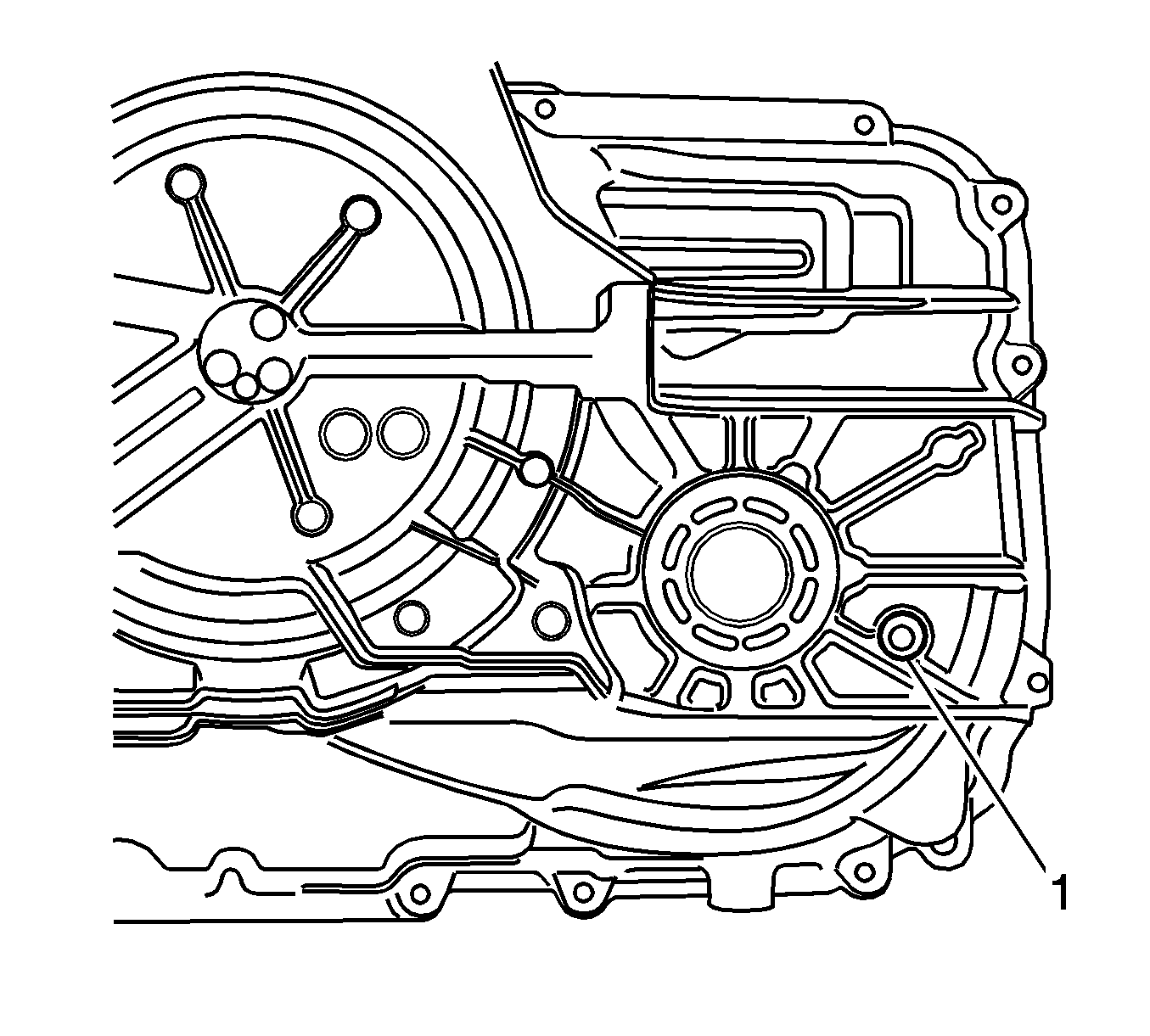This procedure checks both the transmission fluid level, as well as the condition of the fluid itself.
Caution: Use Dexron VI transmission fluid only. Failure to use the proper fluid may result in transmission internal damage.
Note: Ensure the transmission has enough fluid in it to safely start the vehicle without damaging the transmission. With the vehicle off and the transmission fluid temperature at approximately 20-25°C (68-77°F) there
must be at least enough fluid to drain out of the fluid level hole. This will ensure that there is enough fluid in the sump to fill the components once the vehicle is started.
Level Checking Procedure
- Start the engine.
- Depress the brake pedal and move the shift lever through each gear range, pausing for about 3 seconds in each range. Then move the shift lever back to PARK (P).
- Allow the engine to idle 600-850 RPM for at least 3 minutes to allow any fluid foaming to dissipate and the fluid level to stabilize. Release the brake pedal.
Note: If the TFT reading is not at the required temperature, allow the vehicle to cool, or operate the vehicle until the appropriate TFT is reached. If the fluid temperature is below the specified range, perform the following procedure
to raise the fluid temperature to the specification.
Drive the vehicle in second gear until the fluid temperature is at the specified temperature.
- Keep the engine running and observe the transmission fluid temperature (TFT) using the Driver Information Center or a scan tool.
Caution: The transmission fluid level must be checked when the transmission fluid temperature (TFT) is at 85-95°C
(185-203°F). If the TFT is not at this temperature, operate the vehicle or allow the fluid to cool as required. Setting the fluid level with a TFT outside this temperature will result in either an under or over-filled transmission. TFT 95°C
under-filled, TFT 85°C over-filled. An under-filled transmission will cause premature component wear or damage. An over-filled transmission will cause fluid to discharge out the vent tube, fluid foaming, or pump cavitation.
- Raise the vehicle on a hoist. The vehicle must be level, with the engine running and the shift lever in the PARK range.

- While the vehicle is idling, remove the oil level set plug (1). Allow any fluid to drain.
| • | If the fluid is flowing as a steady stream, wait until the fluid begins to drip. |
| • | If no fluid comes out, add fluid until fluid drips out. |
- Inspect the fluid color. The fluid should be red or dark brown.
| • | If the fluid color is very dark or black and has a burnt odor, inspect the fluid for excessive metal particles or other debris. A small amount of "friction" material is a "normal" condition. If large pieces and/or metal particles
are noted in the fluid, flush the oil cooler and cooler lines and overhaul the transmission. If there are no signs of transmission internal damage noted, replace the fluid, repair the oil cooler, and flush the cooler lines. |

- Reinstall and tighten the oil level set plug (1) to
12 N·m(106 lb in)
- Inspect for external leaks. Refer to
Fluid Leak Diagnosis.
- If the fluid was changed, reset the transmission oil life monitor if applicable.
Fluid Condition Inspection
| • | Inspect the fluid color. The fluid should be red in color. The fluid may also turn brown form normal use, and does not always indicate contamination. |
| | Note: Fluid that is very dark or black and has a burnt odor usually indicates contamination or overheating.
|
| • | If the fluid color is very dark or black and has a burnt odor, inspect the fluid for excessive metal particles or other debris which may indicate transmission damage. Refer to
Road Test to verify transmission operation.
Change the transmission fluid if no other conditions are found. |


